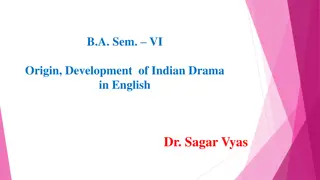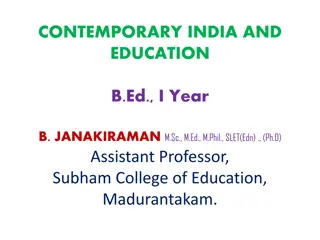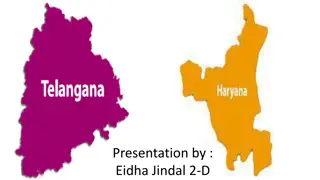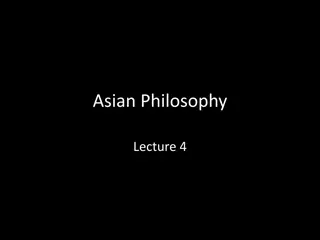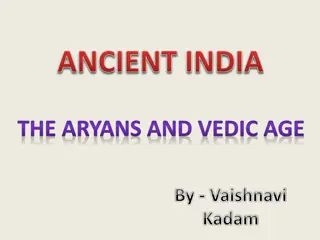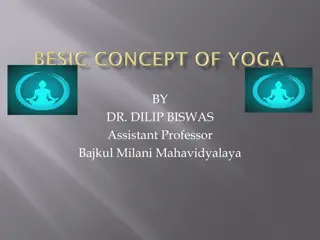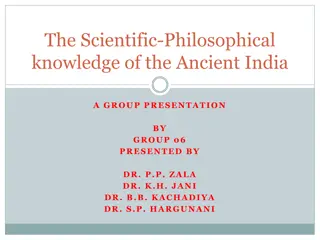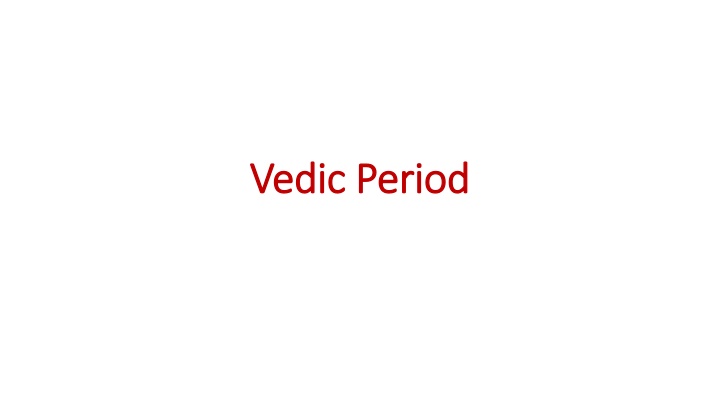
Vedic Times Contributions: Mathematics, Literature, and Medicine
Explore the rich contributions of the Vedic period including the Vedas, epic literature like Ramayan and Mahabharat, Vedic math, Ayurveda, and notable figures such as Aryabhatta, Kalidas, Charak, and Chanakya. Learn about the world's first universities and delve into an example of Vedic math problem-solving.
Download Presentation

Please find below an Image/Link to download the presentation.
The content on the website is provided AS IS for your information and personal use only. It may not be sold, licensed, or shared on other websites without obtaining consent from the author. If you encounter any issues during the download, it is possible that the publisher has removed the file from their server.
You are allowed to download the files provided on this website for personal or commercial use, subject to the condition that they are used lawfully. All files are the property of their respective owners.
The content on the website is provided AS IS for your information and personal use only. It may not be sold, licensed, or shared on other websites without obtaining consent from the author.
E N D
Presentation Transcript
Vedic Period Vedic Period
Vedas: Sacred Writings of Hinduism Vedas: Sacred Writings of Hinduism
Contribution of Vedic Times Contribution of Vedic Times Epics : Ramayan and Mahabharat Ramayan was written by Saint Valmiki Mahabharat was written by Saint Vyas Yoga Yoga sutras compiled by Sage Patanjali Ayurveda: Ayurvedic medicine is another form of medicine Vedic Math The world s first University was established in Takshila Nalanda was one of the world s first residential universities
An Example of Vedic Math An Example of Vedic Math Example 1 14 x 17, here base of both the numbers are the same, ie. 10. The first number is 4 more than 10 and the second is 7 more than 10. For convenience we call these as the deviations. Hence the deviations of 14 and 17 from 10 are 4 and 7 respectively. Step 1: Add the deviation of one number with the other number.That means; either 14 + or 17 + 7 4 21 21 in both case it the same answer 21. Step 2: Since the base is 10 multiply the above sum with 10. 21 x 10 = 210 Step 3: Multiply the deviations. 4 x 7 = 28 Step 4: Add the answers in Step 2 and Step 3. 210 + 28 238 So we got the answer 14 x 17 = 238 Reference: http://www.mathsmagic.in/vedic-maths--problems.html
Contribution of Vedic Times Contribution of Vedic Times Aryabhatta great mathematician Kalidas - Poet Charak Physician who contributed to Science of Ayurveda Chanakya - pioneer of the field of political science and economics in India







